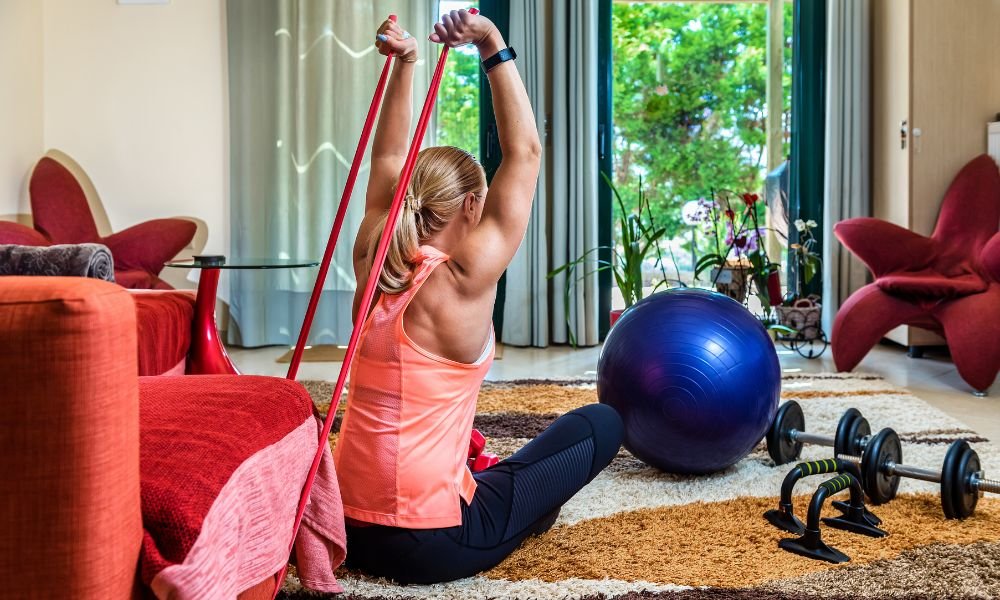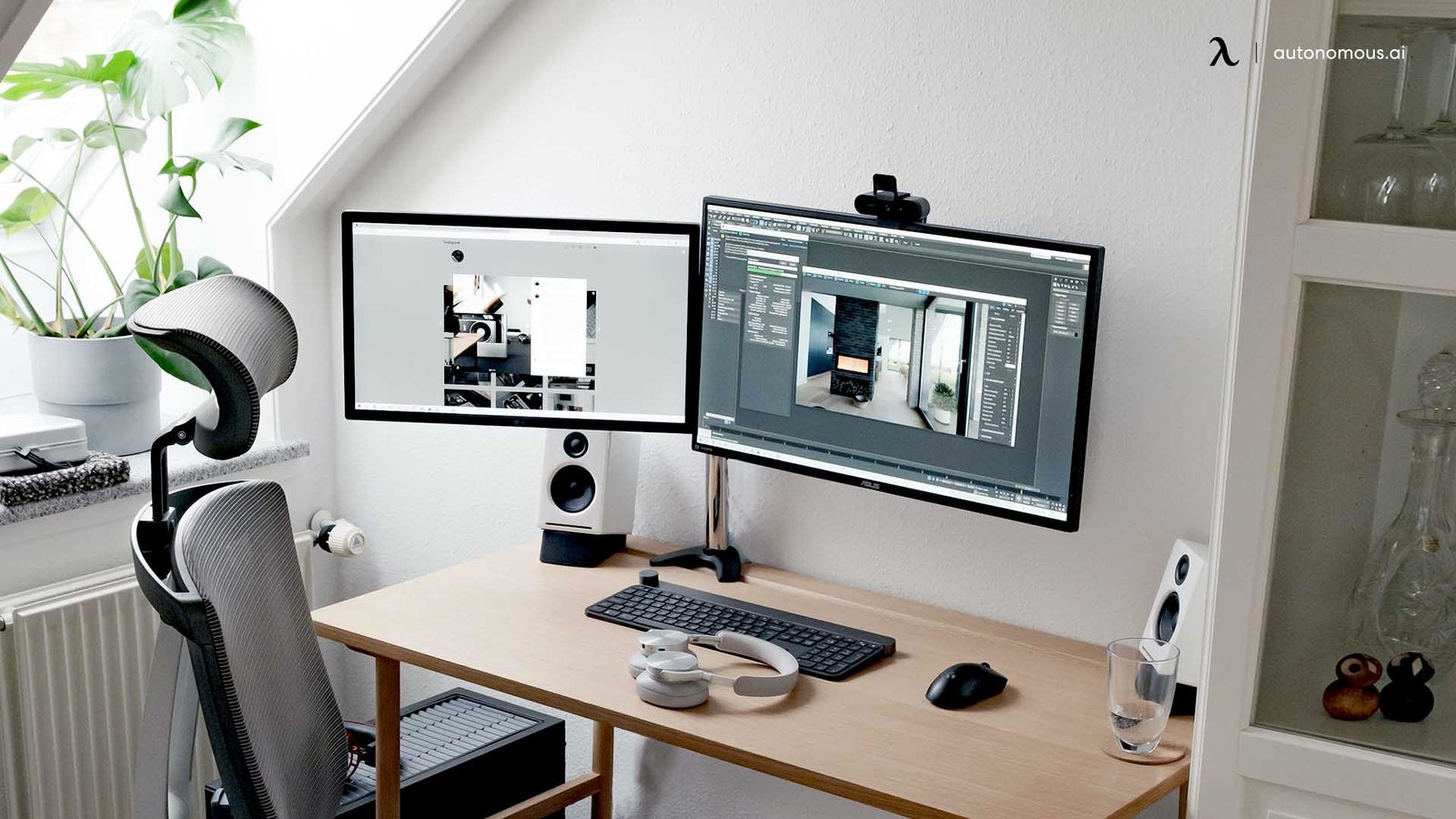Creating a home gym can be a fantastic way to stay fit and healthy without the need for a gym membership or the inconvenience of traveling to a fitness center. However, choosing the right fitness equipment can be overwhelming given the wide variety available. This guide will help you navigate the options and select the best equipment to suit your needs, space, and budget.
1. Determine Your Fitness Goals
Overview:
Before purchasing equipment, identify your fitness goals to ensure you select equipment that aligns with your objectives.
Key Points:
- Goals: Consider whether your focus is on strength training, cardio, flexibility, or a combination of these.
- Current Fitness Level: Choose equipment that matches your fitness level and can be adjusted as you progress.
- Preferred Exercises: Think about the types of exercises you enjoy and how they fit into your routine.
Strategies:
- Goal Setting: Define clear fitness goals such as weight loss, muscle gain, or improved cardiovascular health.
- Exercise Preferences: List your favorite exercises and seek equipment that supports them.
Example Goals:
- Strength Training: Opt for free weights, resistance bands, or a home gym system.
- Cardio: Consider a treadmill, stationary bike, or elliptical trainer.
2. Assess Your Space
Overview:
Evaluate the space available in your home to choose equipment that fits comfortably and allows for safe movement.
Key Points:

- Room Size: Measure the dimensions of the area where you plan to set up your home gym.
- Flooring: Consider the type of flooring and whether you need protective mats.
- Storage: Think about how much space you have for storing equipment when not in use.
Strategies:
- Measure Dimensions: Ensure your chosen equipment fits within your available space without obstructing walkways.
- Multi-Functional Equipment: Opt for equipment that offers multiple functions or can be folded/stored easily.
Example Equipment:
- Compact Options: Consider a foldable treadmill or a wall-mounted pull-up bar for limited spaces.
- Storage Solutions: Use vertical storage racks or wall-mounted shelves for small accessories.
3. Set Your Budget
Overview:
Determine how much you’re willing to spend on fitness equipment to narrow down your choices and avoid overspending.
Key Points:
- Initial Investment: Decide on a budget that includes the cost of equipment, installation, and any additional accessories.
- Long-Term Costs: Consider ongoing costs such as maintenance, replacement parts, or potential upgrades.
- Cost vs. Quality: Balance cost with the quality and durability of the equipment to ensure value for money.
Strategies:
- Budget Planning: Create a budget that outlines your spending limit for each piece of equipment.
- Compare Options: Research different brands and models to find the best value within your budget.
Example Budget:
- Basic Equipment: $200-$500 for essentials like dumbbells, resistance bands, and a yoga mat.
- Advanced Equipment: $1,000-$3,000 for items like a home gym system or high-end treadmill.
4. Consider Equipment Features
Overview:
Look for features that enhance usability, comfort, and effectiveness based on your fitness needs.
Key Points:
- Adjustability: Choose equipment with adjustable settings for resistance, incline, or height to accommodate different exercises and users.
- Comfort: Ensure that the equipment has ergonomic design features such as padded seats or handles.
- Technology: Some equipment comes with built-in technology like heart rate monitors or workout tracking.
Strategies:
- Feature Evaluation: Identify features that are important to you, such as a heart rate monitor for cardio machines.
- User Reviews: Read reviews to assess the comfort and functionality of equipment before purchasing.
Example Features:
- Treadmills: Look for adjustable incline, speed settings, and built-in workout programs.
- Resistance Bands: Choose bands with varying resistance levels for a full-body workout.
5. Research Brands and Reviews
Overview:
Research reputable brands and read reviews to ensure you’re investing in reliable and high-quality equipment.
Key Points:
- Brand Reputation: Opt for well-known brands with positive reviews and good customer service.
- Product Reviews: Read user reviews to gauge the performance and durability of the equipment.
- Warranty and Support: Check for warranty coverage and the availability of customer support.
Strategies:
- Brand Comparison: Compare different brands based on quality, price, and customer feedback.
- Warranty Check: Ensure the equipment comes with a warranty and understand what it covers.
Example Brands:
- Well-Known Brands: Consider brands like NordicTrack, Bowflex, or Peloton for high-quality fitness equipment.
- Customer Reviews: Check online reviews and ratings to make an informed decision.
6. Test Equipment Before Buying
Overview:
Whenever possible, test the equipment to assess its functionality, comfort, and suitability for your needs.
Key Points:
- In-Store Testing: Visit stores where you can try out equipment and get a feel for its operation.
- Online Demos: Look for video demonstrations or virtual tours of the equipment to see it in action.
- Return Policy: Ensure there is a return policy in case the equipment doesn’t meet your expectations.
Strategies:
- Test Runs: Try out equipment in-store to evaluate its ease of use and comfort.
- Online Research: Watch video reviews or demos to get an idea of how the equipment works.
Example Testing:
- Gym Showrooms: Visit a local fitness equipment showroom to test treadmills or exercise bikes.
- Online Reviews: Watch video reviews of home gym systems to see their features and performance.
Choosing the right fitness equipment for your home involves considering your fitness goals, available space, budget, and the features of the equipment. By evaluating these factors and doing thorough research, you can create a home gym that meets your needs and supports your fitness journey. Prioritize quality and functionality to ensure that your home workout experience is both effective and enjoyable.
4o mini











